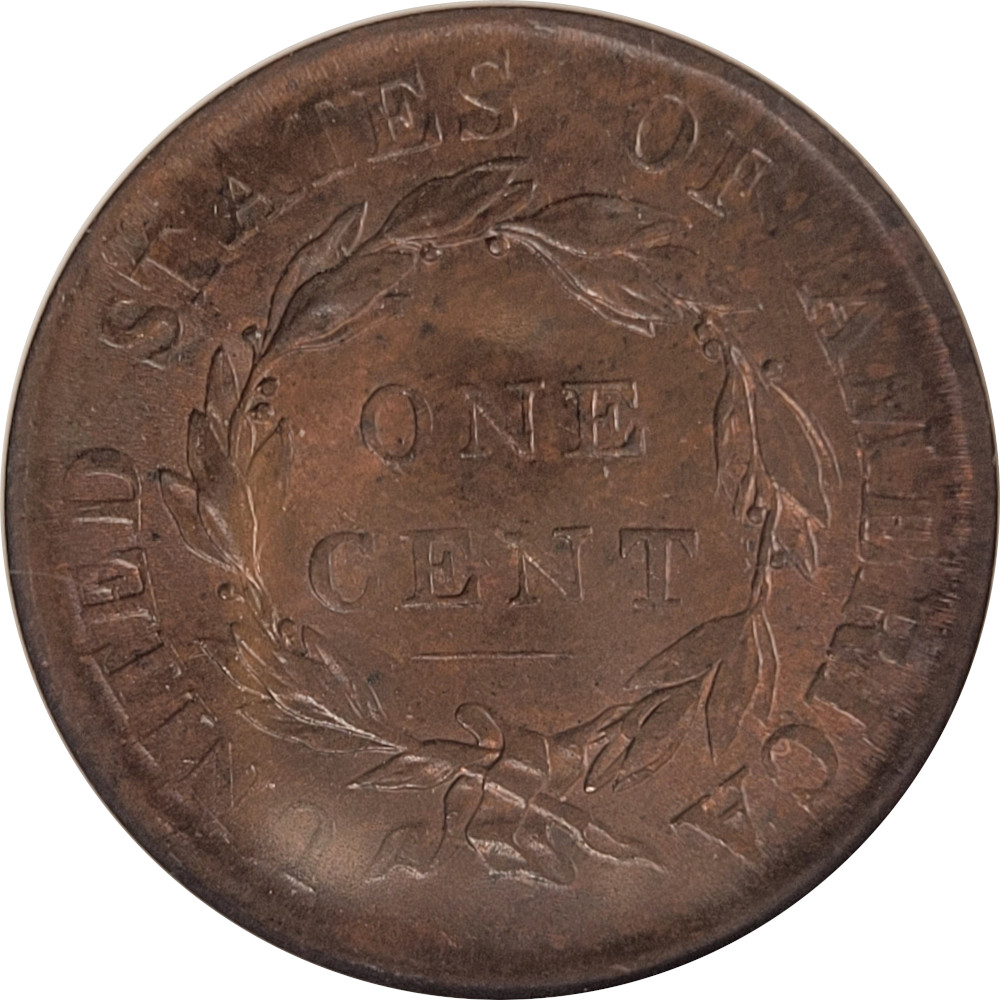1796 10c Draped Bust Small Eagle Dime JR-6 NGC AU50.
The Coinage Act of 1792 established the dime (spelled “disme” in the legislation), cent, and mill as subdivisions of the dollar equal to 1⁄10, 1⁄100 and 1⁄1000 dollar respectively.
The first known proposal for a decimal-based coinage system in the United States was made in 1783 by Thomas Jefferson, Benjamin Franklin, Alexander Hamilton, and David Rittenhouse. Hamilton, the nation’s first Secretary of the Treasury, recommended the issuance of six such coins in 1791, in a report to Congress. Among the six was a silver coin, “which shall be, in weight and value, one-tenth part of a silver unit or dollar“.
From 1796 to 1837, dimes were composed of 89.24% silver and 10.76% copper, the value of which required the coins to be physically very small to prevent their commodity value being worth more than face value. Thus dimes are made small and thin. The silver percentage was increased to 90.0% with the introduction of the Seated Liberty dime; the use of a richer alloy was offset by reducing the diameter from 18.8 millimeters (0.740 inch) to its current figure of 17.9 millimeters (0.705 inch).














